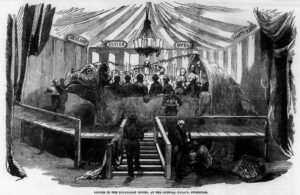In this entry in our series on the climbing history of North American peaks, we examine Alaska’s 4,996m Mount Blackburn and Dora Keen’s pioneering 1912 ascent.
Mount Blackburn is the highest peak in the Wrangell Mountains, within Wrangell-St. Elias National Park. It is also the fifth-highest peak in the United States.
It was named in 1885 after Senator Joseph Clay Stiles Blackburn, a supporter of the Alaska purchase. The local Athabascan people called it K’ats’i Tl’aadi.

The Wrangell Mountains in Alaska. Photo: Worldatlas
Mount Blackburn has severe weather because of its proximity to the turbulent Gulf of Alaska. Storms, avalanches, dangerous crevasses, and serac falls are common. It experiences 2,310mm of annual rainfall and 1,930mm of snow. Permanent ice covers this ancient shield volcano.
The west face drops over 3,350m in less than 6.4km, while other faces descend 2,440-3,350m in under 12.8km, giving the mountain a notable prominence.
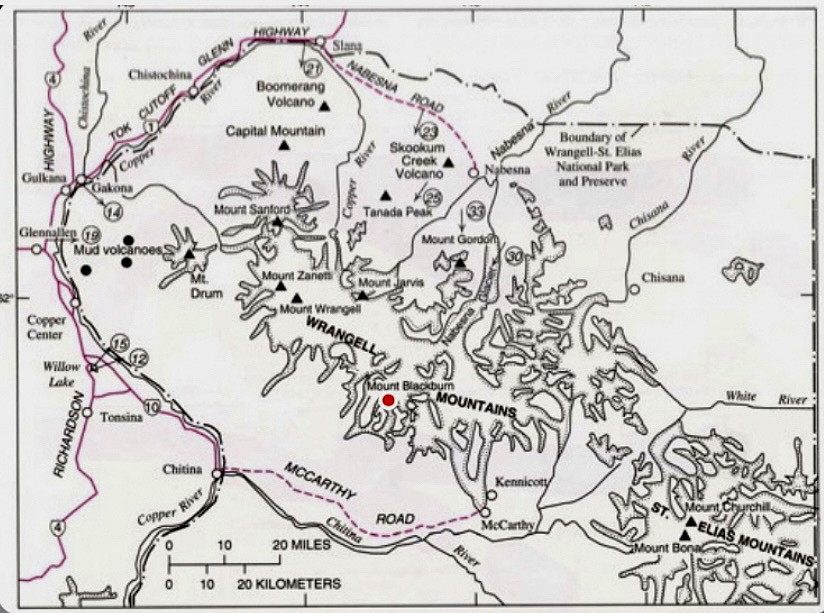
Mount Blackburn, marked with a red dot on the map. Photo: USGS Survey Bulletin
The mountain has two summits: the West Peak (4,996m), which is the true summit, and the East Peak (also called Kennedy Peak), which is about 60m lower. Authorities only discovered in the 1960s that the West Peak was higher. Previously, the East Peak was thought to be the highest point.
A vibrant era for women’s mountaineering
Before detailing Dora Keen’s 1912 ascent, it’s important to put her climb in context. The era featured a vibrant women’s mountaineering scene.
In 1912, American Fanny Bullock Workman reached 6,400m on the Siachen Glacier in the Himalaya, setting a new women’s altitude record while championing female suffrage. The same year, Gertrude Benham of the UK mapped remote regions in the Himalaya. Three years before, she had summited Kilimanjaro.
At 61, Annie Smith Peck of the U.S. followed her 1911 first ascent of Peru’s 6,377m Mount Coropuna with lectures and writing that inspired other women. Isabella Bird’s Rocky Mountain ascents also gave women a role model.
Meanwhile, Lucy Walker had climbed the Matterhorn in 1871 and remained an important figure in the UK’s Ladies Alpine Club, founded in 1907. In 1912, German-Polish Kathe Broske made the first traverses of the Vajolet Towers in the Dolomites.
Meanwhile, in 1911, American Dora Keen fixed her eyes on a difficult mountain in Alaska.
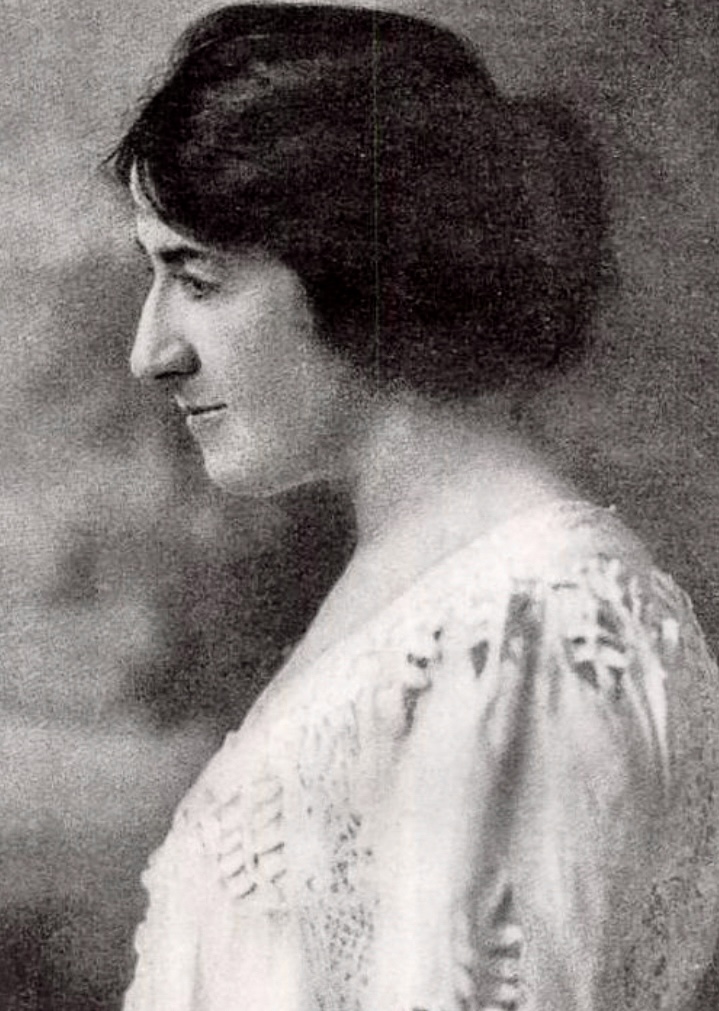
Dora Keen. Photo: Wikipedia
Dora Keen
Born on June 24, 1871, Dora Keen was the daughter of Emma Corinna Borden and renowned surgeon William Keen Jr., the first surgeon in the U.S. to remove a brain tumor successfully. Dora’s mother died when she was a teenager.
Keen graduated in history from Bryn Mawr College in 1896. After graduation, she held civic positions in Philadelphia, including roles at the Society for the Prevention of Cruelty to Children, the American Society for Labor Legislation, and the Society for Organizing Charity. She advocated for compulsory education, free lunches, special education, and student healthcare, driving significant reforms.

Dora Keen climbing the Dent du Requin in the French Alps in 1910. Photo: National Geographic Magazine
Keen’s mountaineering career began in her late 30s. Between 1909 and 1910, she made several ascents in the European Alps, including the Matterhorn, Zinal Rothorn, Monte Rosa, Weisshorn, and Mont Blanc.
Next, Keen summited peaks in Ecuador, Norway, and Canada’s Selkirk Mountains. Writing for National Geographic in 1911, she explained that she pursued “wonderful views, vigorous exertion, relaxation, and inspiration.”
All this alpine experience prepared her for a history-making challenge in Alaska.
Mount Blackburn, 1911
In 1911, inspired by a U.S. Geological Survey report, Keen decided to attempt Mount Blackburn. She led a small team that included four local gold miners (Charlie McGonagall, Pete Anderson, Billy Taylor, and Tom Lloyd) and a German adventurer.
Keen’s party approached the mountain from the southwest, following the Kennicott Glacier toward the base of the mountain.
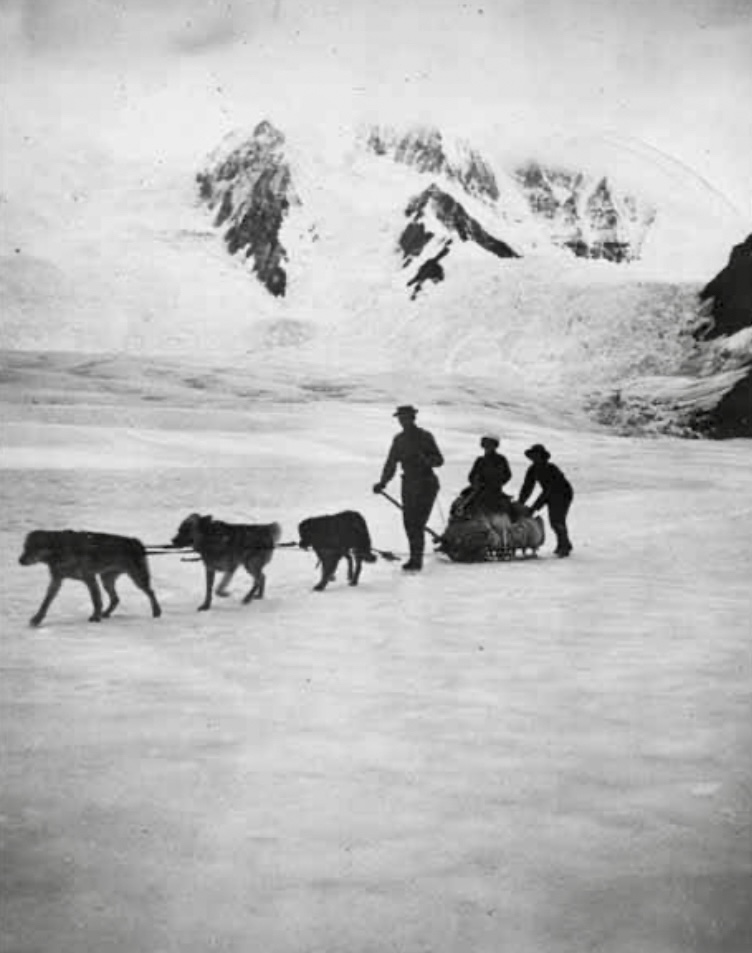
Dora Keen on a dogsled near Mount Blackburn base camp in 1911. Photo: University of Washington Collection
The team reached 2,740m but turned around because of bad weather and low food supplies. Avalanches, impassable glaciers, and crevassed terrain made the route slow and difficult.
Despite this unsuccessful attempt, Keen remained determined to climb the peak. She meticulously started to plan a second expedition for the following year.
Round two, 1912
Her spring 1912 expedition included seven unnamed miners from the nearby Kennicott Copper Mine, prospector Bill Lang, and German-American adventurer George W. Handy. Sled dogs hauled the supplies.
After another 40km trek up the Kennicott Glacier to the base of Mount Blackburn at 1,676m, the party started to ascend the crevassed east face. The team endured a 13-day snowstorm and spent 22 nights in snow caves at 3,780m. There, the miners abandoned the attempt.
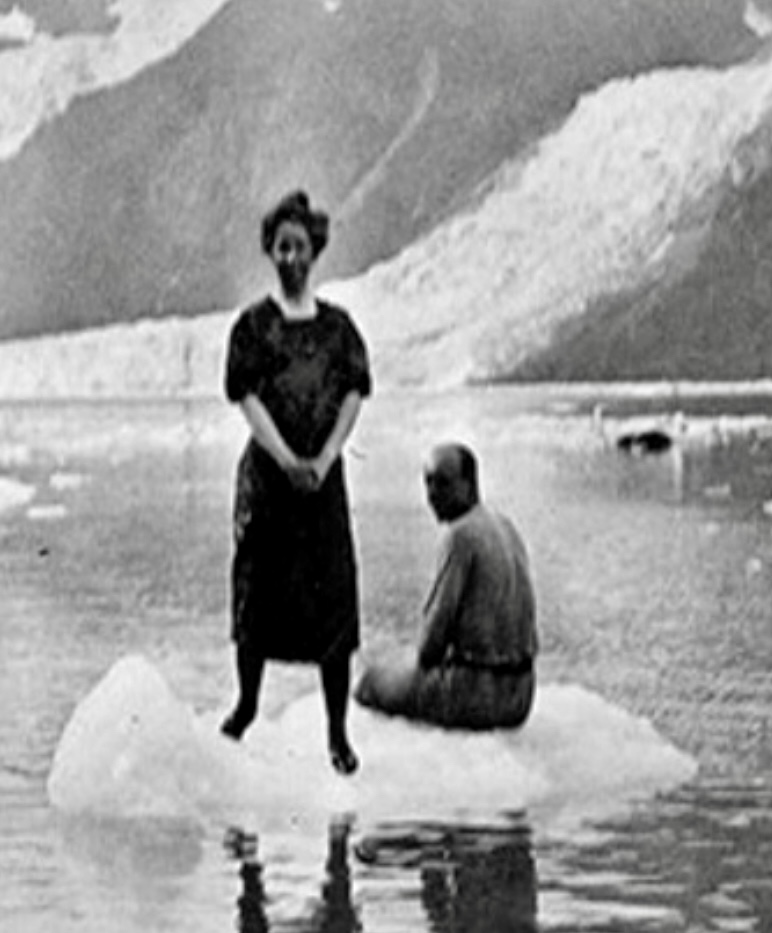
Dora Keen and George Handy. Photo: NPS
Keen, Handy, and Lang continued up, navigating icefalls and avoiding avalanches. After a final section that they climbed at night, they topped out on the 4,964m East Peak on May 19. They believed that this was the true summit.
It was a groundbreaking climb — the first recorded ascent of Mount Blackburn. Keen, 41, had led an all-male team in extreme conditions. Her leadership challenged the social expectations of the era, and the expedition’s use of sled dogs to haul supplies was notable.
Keen’s was also the first documented female ascent of an Alaskan peak, according to the American Alpine Journal.
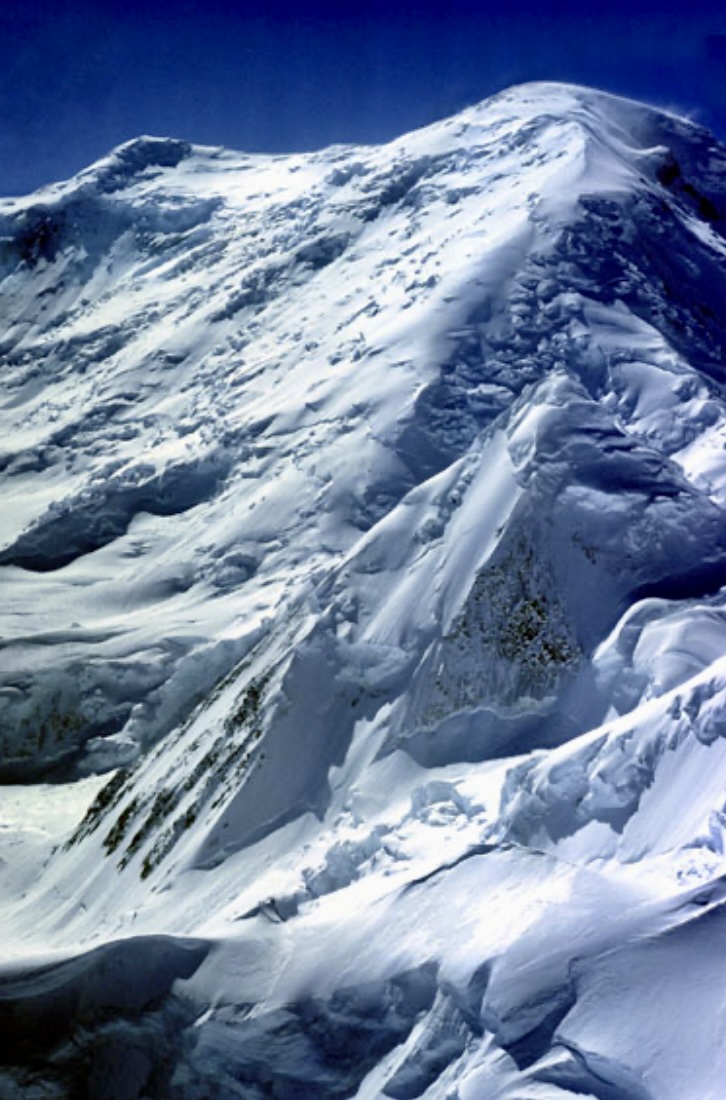
Mount Blackburn’s northwest face with the East Peak on the left and the main summit on the right. Photo: Gerry Roach
The second ascent that became the first
The second ascent, this time of the West Peak (the true summit), only came 46 years later, on May 30, 1958. Bruce Gilbert (U.S.), Hans Gmoser (from Canada with Austrian origin), Adolf Bitterlich (Austria), Dick Wahlstrom (U.S.), and Leon Blumer (U.S.) went via the northwest ridge.
At the time, the climbers reported it as the second ascent of Mount Blackburn. However, in the 1960s, the West Peak was confirmed as the true summit, making their 1958 climb the first ascent.
The northwest ridge route, approaching the mountain via the Nabesna Glacier, is now the most common route on the mountain. But Mount Blackburn is not often climbed. Only 50 parties have summited it.
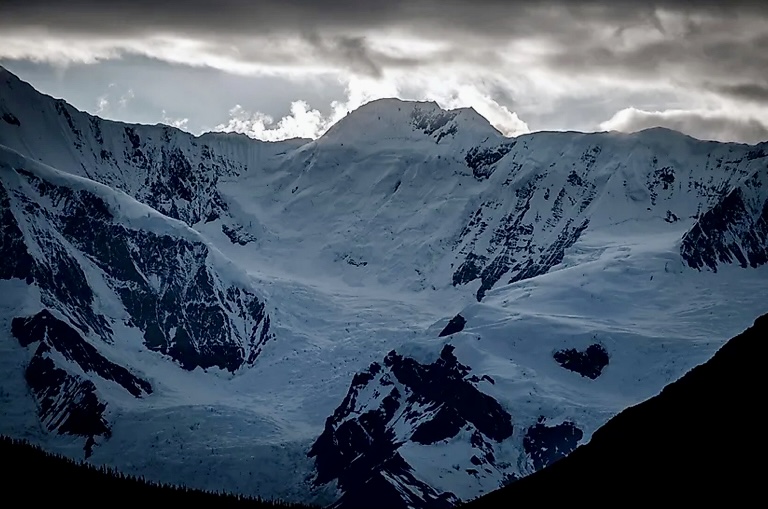
Mount Blackburn at sunset. Photo: Worldatlas
The second ascent of the East Peak
The East Peak had its second ascent in 1977. U.S. climbers Gerry Roach (leader), Barbara Roach, Dan McNerthney, Bill Krause, and Carrie Krause started on the southwest side and ascended via the southeast ridge. They then traversed over both summits (first the East Peak, then the West Peak) and descended the northwest ridge.
Climbers no longer use the 1912 Kennicott Glacier-East Face route because of its extreme hazards. Glacial retreat over the past decades has made this route more difficult than ever.
You can read more about climbing routes on Mount Blackburn here.
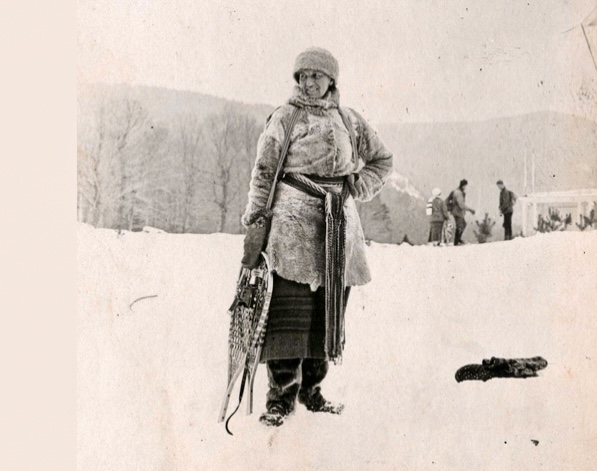
Dora Keen. Photo: Adventure Journal
After Mount Blackburn
Keen and Handy married in the summer of 1916 and divorced 16 years later. After the divorce, Keen sold insurance products to fund her travels. In 1962, at 91, Keen embarked on a world tour that included a stop in Alaska. It was her first visit since 1916.
Keen died during her world tour, on Jan. 31, 1963, in Hong Kong.
Henry S. Hall Jr. wrote an excellent article, published in the American Alpine Journal in 1963, about Keen. It offers a glimpse of her character:
“My wife and I spent an hour with her last spring. She was alert, in full possession of her faculties, and looking forward to plans for the future which included travel, probably alone. She liked her independence. She was a remarkable little person, full of confidence and wanting no one to worry about her; she could manage quite well by herself.”


